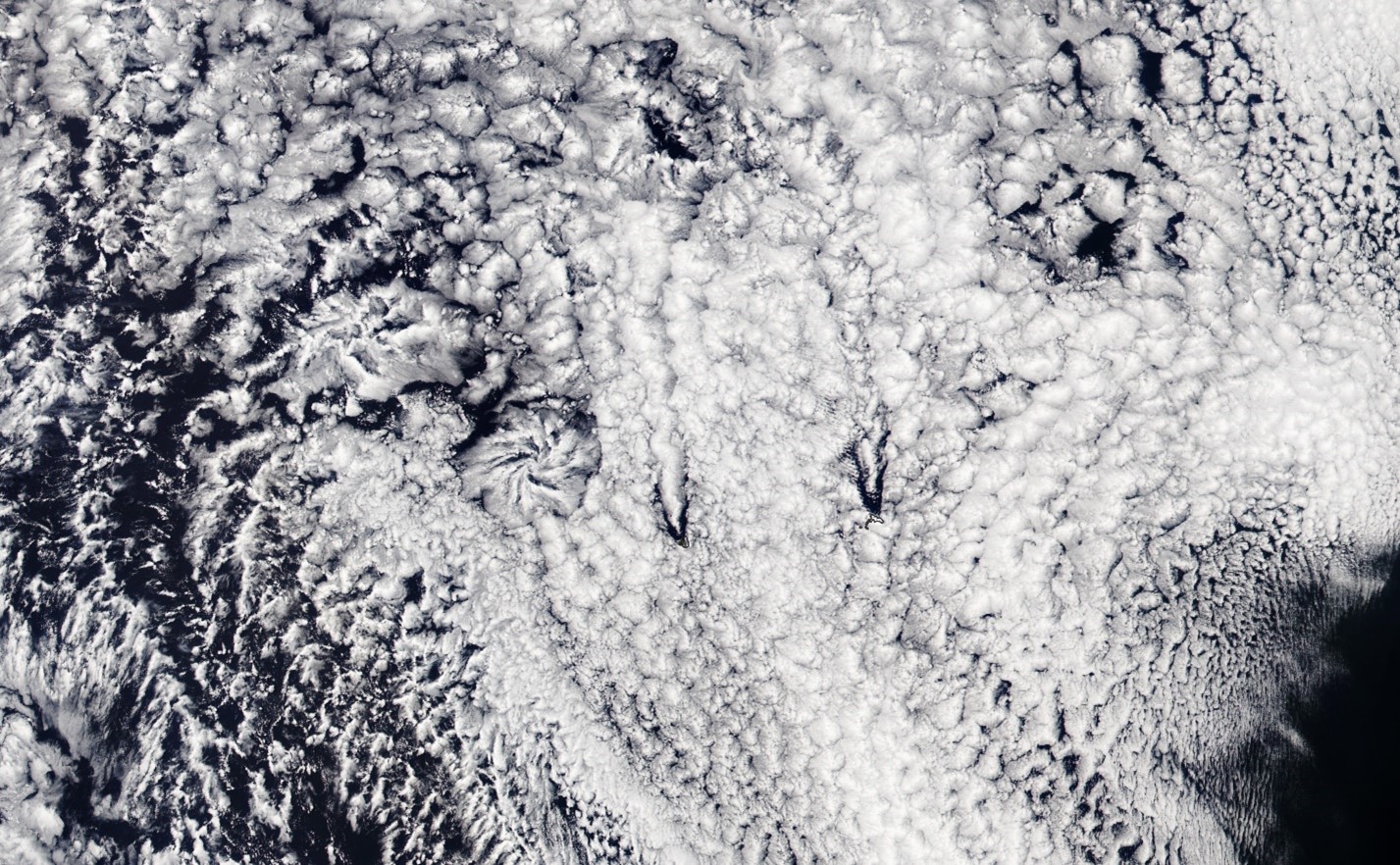AI-based classification of marine cloud cell patterns from ARM radar
Submitter
Tian, Jingjing — Pacific Northwest National Laboratory
Comstock, Jennifer M.
— Pacific Northwest National Laboratory
Area of Research
Cloud Distributions/Characterizations
Journal Reference
Tian J, J Comstock, A Geiss, P Wu, I Silber, D Zhang, P Kooloth, and Y Feng. 2025. "Mesoscale Cellular Convection Detection and Classification Using Convolutional Neural Networks: Insights From Long‐Term Observations at ARM Eastern North Atlantic Site." Journal of Geophysical Research: Machine Learning and Computation, 2(1), 10.1029/2024JH000486.
Science

Mesoscale cellular convection (MCC) plays a pivotal role in Earth's radiative budget, heat and moisture transport, and the hydrological cycle, but significant uncertainties remain regarding the dominant mechanisms driving MCC formation and transition due to limited observational data. A deep learning model was used to automatically detect and classify MCC using ground-based measurements to fill these data gaps. Image by the National Aeronautics and Space Administration’s Earth Observatory.
Impact
This work addresses a critical observational gap by enabling automated detection of MCC cloud regimes using ARM ground-based data. It also marks the first use of AI/ML to automatically detect and classify open- and closed-cell mesoscale cellular convection (MCC) from radar measurements. The resulting MCC events, available via the ARM Data Discovery Epochs interface (a collection of well-characterized, calibrated measurements focused on specific atmospheric phenomena), offer a valuable, easy-to-access resource for the research community. By providing continuous MCC classifications and showcasing real-world applications, this work offers a powerful tool for accelerating studies of marine boundary-layer cloud processes, benefiting model evaluation, and expanding the scientific use of ARM data.Summary
This study presents an automated method to detect and classify open- and closed-cell mesoscale cellular convection (MCC) using long-term ground-based radar observations from the ARM ENA site. While satellite-based approaches can identify MCC patterns, they are limited to snapshot views with coarse temporal resolution, often miss nighttime events, and lack information on vertical structure, making it difficult to fully capture the evolution and characteristics of MCC. When combined with other ARM data sets, the resulting classifications offer a valuable resource for advancing the understanding of marine cloud processes and improving the evaluation of Earth system models.
Many cloud studies begin by identifying specific cloud events to analyze in detail, so sharing these well-characterized MCC events reduces the time and effort needed by ARM users. These detected MCC cases are also being used to support the Large-Eddy Simulation (LES) ARM Symbiotic Simulation and Observation (LASSO)-ENA scenario.
Beyond developing the classification method, two example applications illustrate its utility for ARM data users: (1) Aerosol–cloud interaction study, showing how droplet number and water content differ between open and closed cloud patterns, (2) meteorological analysis, combining ARM back-trajectory data and satellite imagery to see the change of MCC over time.
Keep up with the Atmospheric Observer
Updates on ARM news, events, and opportunities delivered to your inbox
ARM User Profile
ARM welcomes users from all institutions and nations. A free ARM user account is needed to access ARM data.


















